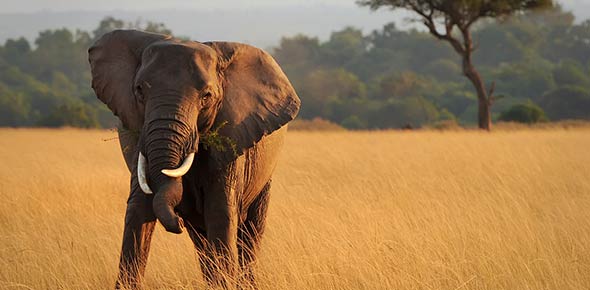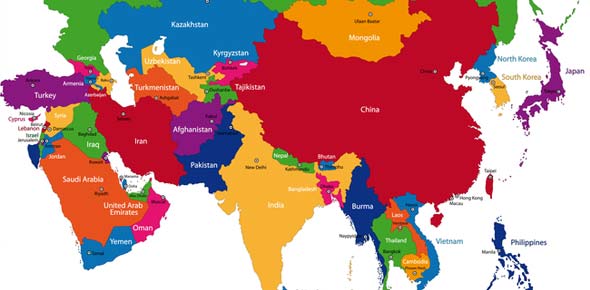Related Flashcards
Cards In This Set
| Front | Back |
|
Calumet
|
A long-stemmed sacred pipe used primarily by many native peoples of North America; it is smoked as a token of peace
|
|
Divination
|
A foretelling of the future or a look into the past; a discovery of the unknown by magical means.
|
|
Holistic
|
Organic, intergrated; indicating a complete system, greater than the sum of its parts; here, refers to a culture whose various elements (art, music, social behavior) may all have religious meaning.
|
|
Libation
|
The act of pour a liquid as an offering to a god.
|
|
Shaman
|
A human being who contacts and attempts to manipulate the power of spirits for the tribe or group.
|
|
Sympathetic magic
|
An attempt to influence the outcome of an event through an action that has an apparent similarity to the desired result-for example, throwing water into the air to produce rain, or burning an enemy's fingernail clippings to bring sickness to that enemy.
|
|
Taboo
|
A strong social prohibition (Tongan: tabu; Hawaiian: kapu)>
|
|
Totem
|
An animal or image of an animal that is considered to be related by blood to a family or clan and is its guardian or symbol.
|
|
____is the term for the belief that everything in the universe is somehow alive.
|
Animism
|
|
Inspired by oral religions, Harvard biologist E.O. Wilson proposes that we foster biophilia, a______.
|
Love of life
|
|
The circle sometimes symbolic of the nature and its processes. Black Elk, an Uglala Sioux; points this out in reference to the circular tents of his people called_____.
|
Tipis
|
|
A bias against the study of oral religions up until the twentieth century is____
|
The assumption that they are not complex.
|
|
In the worldview of animism____
|
There are no clear bounderies between the natural and the supernatural.
|
|
To believe that nature is full of spirits implies that___
|
Human beings must treat all things with care.
|
|
Sacred time is____
|
Cyclical, returning to its origins for renewal.
|








